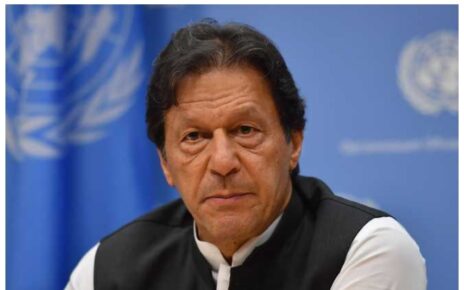China has released a three-year plan to battle pollution and improve air quality, Chinese state media have reported. The plan will lay specific focus on clearing up the murky air that hangs over major urban centres like Beijing, Shanghai, Hangzhou and Nanjing.
The plan comes after years of efforts by the Chinese government to battle the poor international publicity and growing public anger caused by air pollution, especially in places like Beijing. However, in the years since Beijing hogged international headlines for the deadly quality of its air, most global attention has now been hogged by cities in the northern Indian plains.
The Chinese three-year plan was released by the State Council, the top executive body in the nominally Communist country. The plan didn’t seem to go into the specifics, and stuck to broad outlines of action. It said authorities would ‘optimize the industrial structure, promote clean energy, develop green transport’ among other steps, Chinese state news agency Xinhua reported.
“By 2020, emissions of sulfur dioxide and nitrogen oxide should drop by more than 15 percent compared with 2015 levels, while cities which fail to meet the requirement of PM2.5 density should see their density of PM 2.5, a key indicator of air pollution, fall by more than 18 percent from 2015 level,” Xinhua reported the plan as saying.
It also set high targets for China’s individual city and provincial governments to achieve. Prefecture-level cities would have to ensure 80 percent ‘good-air days’ – when air quality is categorised as ‘good’. It also demanded a 25 percent reduction in the number of days categorised as ‘heavily polluted’.
Efforts will be focused on areas including the Beijing-Tianjin-Hebei region and neighboring areas, the Yangtze River Delta, and the Fenhe and Weihe river plains.
The three-year plan document claimed that China had accomplished all the major tasks of its five-year clean air action plan in 2017. But it acknowledged that challenges remain, and that many cities still need to further improve air quality.



